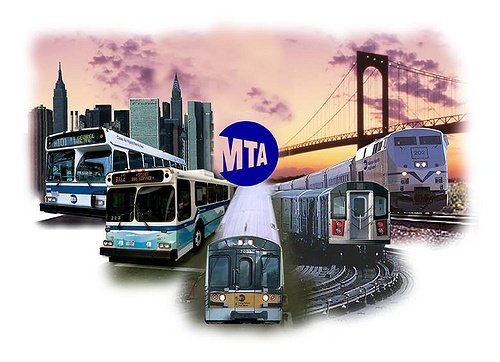New York, NY - October 28, 2015 - The Metropolitan Transportation Authority (MTA) Board today approved its 2015-19 Capital Program, the largest investment ever in the subways, buses, railroads, bridges and tunnels that keep New York moving.
The Capital Program will buy thousands of new subway cars, train cars and buses; invest $2.8 billion in subway station improvements; finish installing Positive Train Control on Metro-North Railroad and the Long Island Rail Road (LIRR); bring countdown clocks to the majority of subway stations; begin work on extending the Second Avenue Subway to East Harlem; build a new LIRR station in Elmhurst, Queens; and construct four new Metro-North stations in underserved areas of the Bronx.
“Since our first Capital Program in 1982, we have invested more than $100 billion to rescue our mass transit network from near-collapse and make it an engine of growth for the entire region,” said MTA Chairman and CEO Thomas F. Prendergast. “Thanks to the leadership of Governor Andrew M. Cuomo and the hard work of our dedicated MTA staff, this revised Capital Program will reduce costs and deliver projects more efficiently without cutting any projects or the benefits they will bring to our customers.”
The revised Program totals $29 billion, almost 10% less than the $32 billion Program first proposed a year ago. It includes $21.6 billion in core investments in the MTA’s subways, buses and railroads; $4.5 billion for the East Side Access, Penn Access and Second Avenue Subway projects; and $2.9 billion for MTA Bridges and Tunnels.
The Program is fully funded with $11.8 billion in MTA funds, an $8.3 billion commitment from Governor Cuomo, $6.4 billion in federal funds and $2.5 billion committed by New York City Mayor Bill de Blasio.
To deliver these projects at a lower cost, the MTA will use innovative methods such as design-build, negotiated procurement processes and public-private partnerships to operate more efficiently, spread risk more broadly and take advantage of innovative techniques. The MTA will continue its strategy of replacing deteriorated components, rather than entire systems, which has been successful in addressing subway station conditions and will now be expanded to power supplies, subway structures and other areas. The MTA will also transform how it works with contractors on projects, recognizing that becoming a better business partner can bring down costs.
The 2015-19 Capital Program includes full details on all project spending and efficiencies as well as revenue sources, and is available on the MTA website. Following today’s approval by the MTA Board, the 2015-19 Capital Program will be submitted to the state Capital Program Review Board (CPRB) for approval. The CPRB is composed of one voting representative each from the Governor’s Office, the Senate and the Assembly, as well as from the Mayor of the City of New York for the New York City Transit portion of the program. By statute, if the CPRB does not veto the Capital Program within the next 30 days, the MTA can begin pursuing projects in the Capital Program. The Bridges and Tunnels portion of the Capital Program is entirely funded by tolls and does not require CPRB approval.










